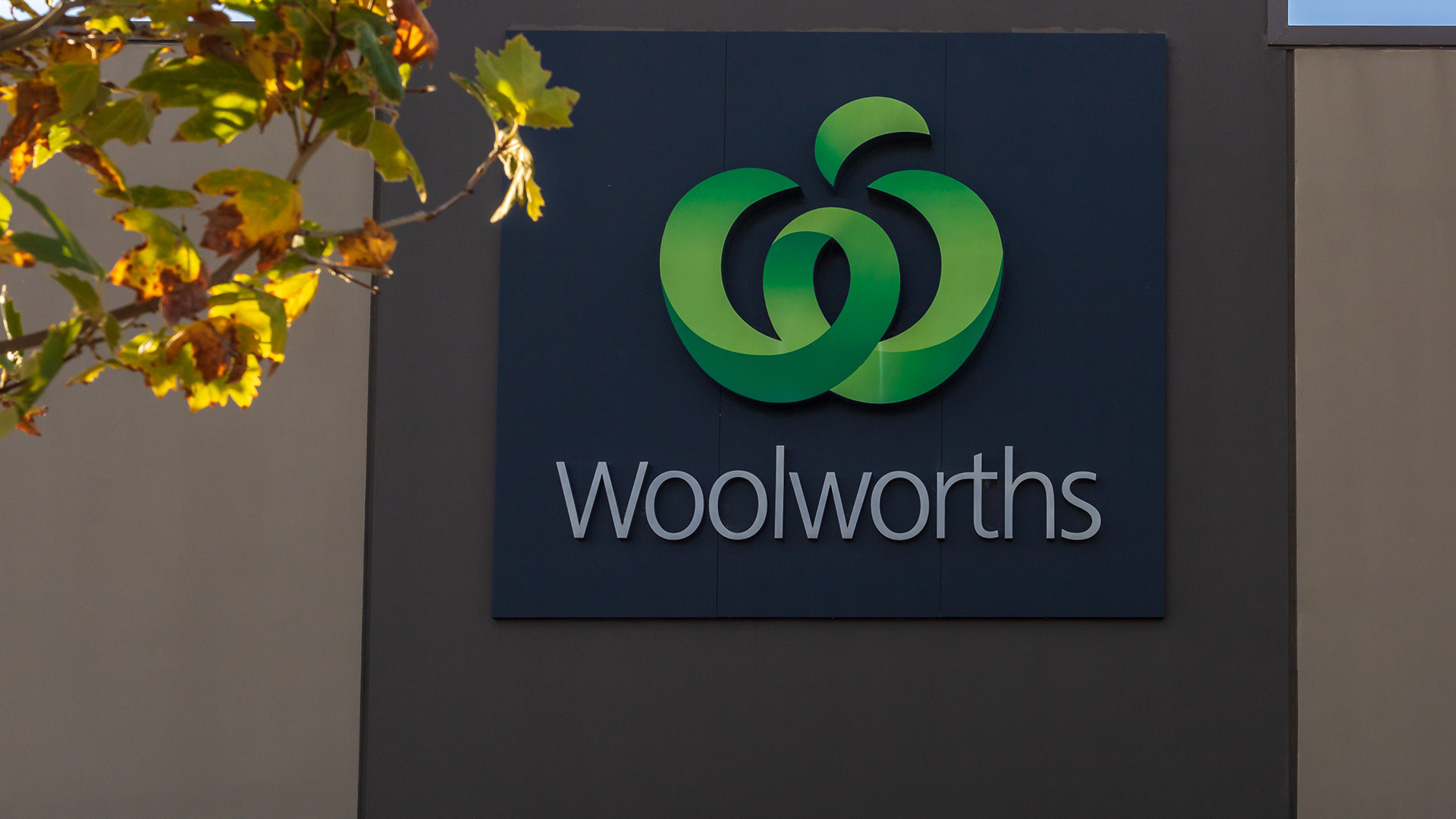Trade data out yesterday for December, the second quarter and the first six months of the 2011-12 financial year put the lie to suggestions that our minerals boom has been derailed or is sagging as a result of the drop in iron ore and coal prices late last year.
The trade surplus for December rose as exports of resources grew faster than imports.
The surplus came in at $1.709 billion in December, seasonally adjusted, compared with a downwardly revised surplus of $1.343 billion in November.
The Australian Bureau of Statistics said exports were up 2% and imports rose 1% in the month, thanks particularly to a rise in coal exports and an improvement in iron ore returns.
For the quarter as a whole though, the impact of the slide in prices was clearly seen.
The ABS said that the sum of seasonally adjusted balances for the three months to December 2011 was a surplus of $4.524 billion, a 26% fall or $1.63 billion from the surplus of $6.154 billion in the September quarter.
"However, if seasonal factors used in compiling the quarterly balance of payments are applied, the December quarter 2011 surplus was $3,960m, a decrease of $2,682m (40%) on the revised September quarter 2011 surplus of $6,642m," the ABS said.
But looking at the quarter, the value of iron ore exports in December was $5.52 billion, up from the $4.85 billion in November, but not as strong as the $6.3 billion of ore exported in October.
That was clearly not as strong as seen in the September quarter when there was $5.54 billion worth of ore shipped in July, $6.22 billion in August and $6.25 billion in September.
But December’s total was at least back to levels in July, which shows the resilience of demand from China and Japan and the recovery in world prices, which has continued into 2012.
Coal exports were more resilient than iron ore shipments, despite price falls: they totalled $4 billion last July and $4.9 billion in December.
And while prices fell in January, they will be higher in February and March after the impact of the big wet in Queensland takes a toll on export volumes and supplies in the Asia-Pacific region, as it did a year ago.
But that’s not to deny that the surge in our terms of trade seen in 2010 and 2011 hasn’t stopped: it has and they are now contracting, but from very high levels.

The surge in the value of the Australian dollar is doing its bit: it’s up 7% against the US dollar in the past five to six weeks and went well past the $US1.07 mark yesterday for a new three month high.

In its commodity price index for January, released this week, the Reserve Bank said the index, in Australian dollar terms, fell 3% last month.
That was due to a rebound in the value of the Australian dollar and weaker coking and thermal coal prices, which offset higher prices for gold and oil, as well as base metals such as copper, and also rural commodity prices.
In December the RBA index fell 2.5% in Australian dollar terms.
And while it was up 10% over 2011, that gain had been clipped to just 1% at the end of January, thanks to the gain in the value of the dollar and the elimination of January 2011, from the comparison.
If prices continue to weaken or, more importantly, the dollar rises past $US1.10 in the next month, the index could be back to late 2010 levels.
But that is not a reason for panic; there are a number of indicators why the outlook remains solid, despite an expected slowdown in steel demand and output in the next few months around the world.
Lower shipping costs is a positive: the Baltic Dry index dropped 18 points to 662 on Wednesday of this week, falling below the 666 level recorded on December 4, 2008, when world trade slumped as the GFC bit and world trade finance froze.
The Baltic Dry Index has fallen 65% since December, and it is not signalling a downturn in world trade as it did in late 2008, it’s signalling a terrible fall in shipping income as a glut of big carriers (dry, such as iron ore and oil tankers, and now smaller carriers), force shipping rates lower.
Rates were last at such a low level on August 28, 1986, when the industry was in the midst of the last crisis of comparable magnitude.
Those levels are now being reported from the global shipping industry for ships called Capesize, which carry iron ore from Australia to China.
And how cheap is that: average charter rates for Capesize ships (over 200,000 tonnes deadweight), the largest kind, fell from nearly $US33,000 a day early last December to less than $US5.500 a day this week.
No wonder more than 100 of these giant ships were waiting off Chinese ports last week to discharge their cargoes once Chinese New Year was over: it was cheaper to leave them at anchor than steaming around the world.
And why is this a bull point for Australia? Well BHP Billiton, Rio Tinto and Fortescue Metals all charter ships of this size to carry iron ore (and coal in the case of BHP and other East Coast coal exporters).
The fall in charter costs means the companies can easily handle lower iron ore export prices: in fact their profit margins are probably higher than they were at the height of the boom last September, so dramatic has been the fall in costs.
And this week China banned the entry of the huge, 400,000 tonne ships being used by Vale of Brazil to try and narrow the shipping costs differential with BHP and Rio.
Vale has invested billions in these super ore carriers at a time when shipping costs have plunged, w













